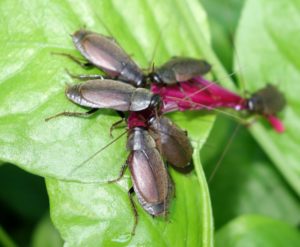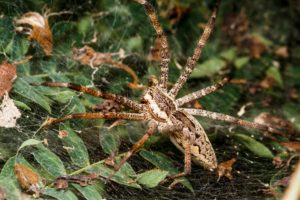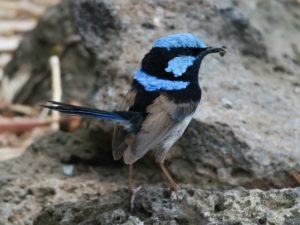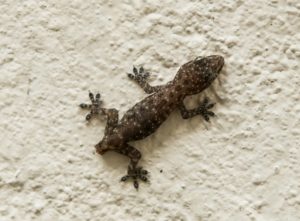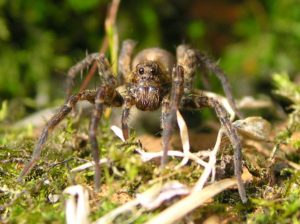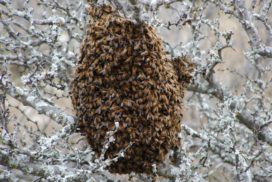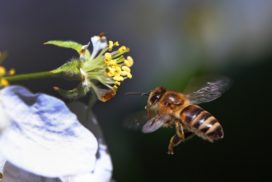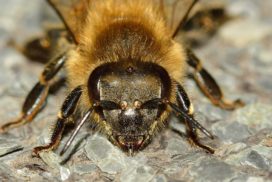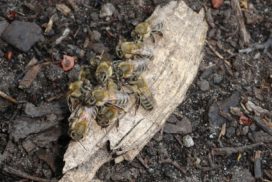WHAT IS THE LIFESPAN OF A WORKER BEE?
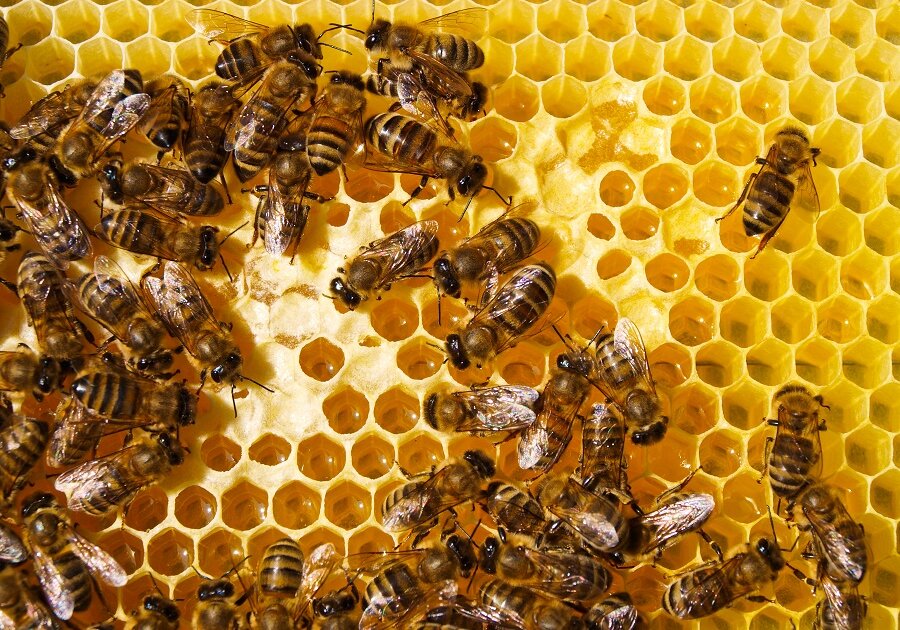
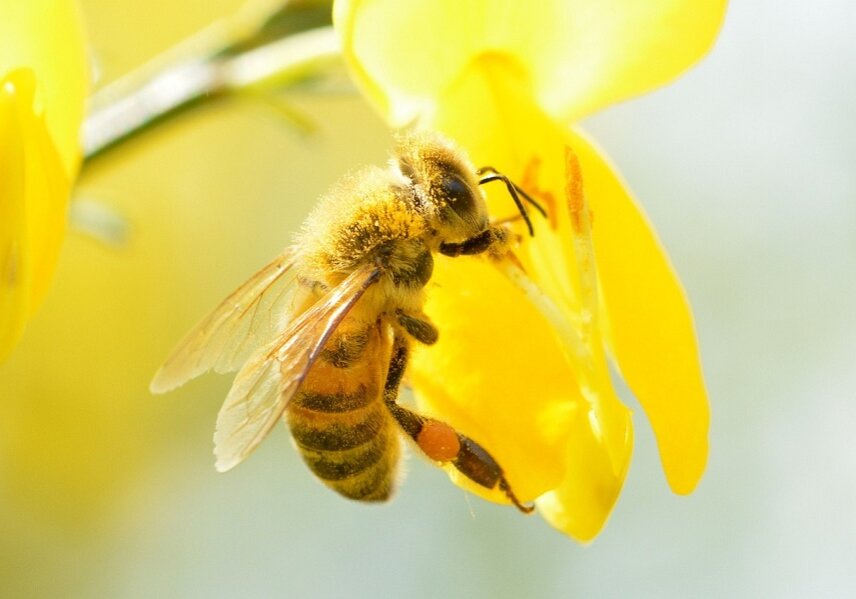
For a colony of 30,000-40,000 bees, one queen is sufficient. Fertilization is a one-time event in a queen's lifetime. After that, the queen can lay eggs for six years without mating again.
The lifespan of a worker bee depends on the season. When flowers are in bloom and weather conditions are right, a worker bee can work up to 15 hours per day, moving from plant to plant and back to the hive at speeds of 21 kilometers per hour (13 miles per hour).
In such conditions, the lifespan of a worker bee is six weeks. However, during winter months or when flowers are off-season, bees work 2 to 3 hours a day and live for several months. The queen bee can live up to 5 years.
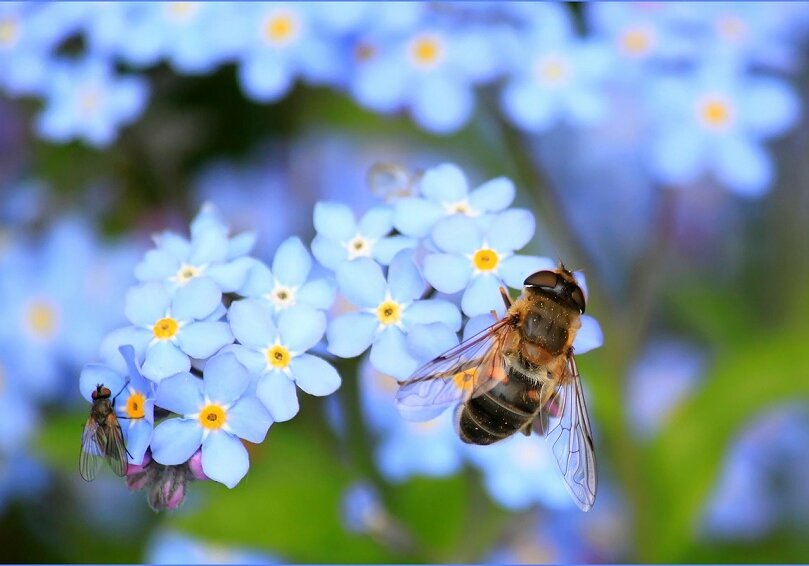
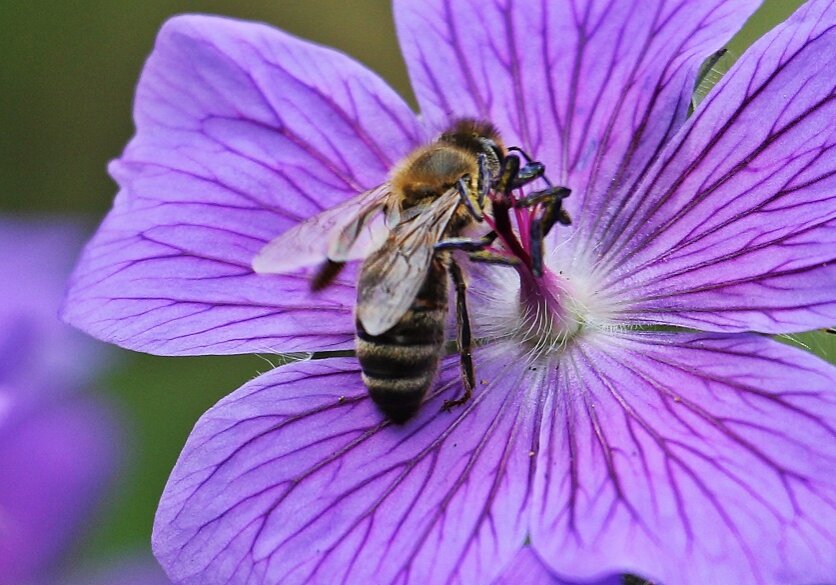
During winter, bees generate heat and control the temperature inside the hive by shaking slightly and fluttering their wings.
Bees take cleanness very seriously and work hard to keep the hive free of waste.
Recent posts
Join us on social media or subscribe!
Sign up to receive our articles in your inbox!
Enter your name and email address below to subscribe.
